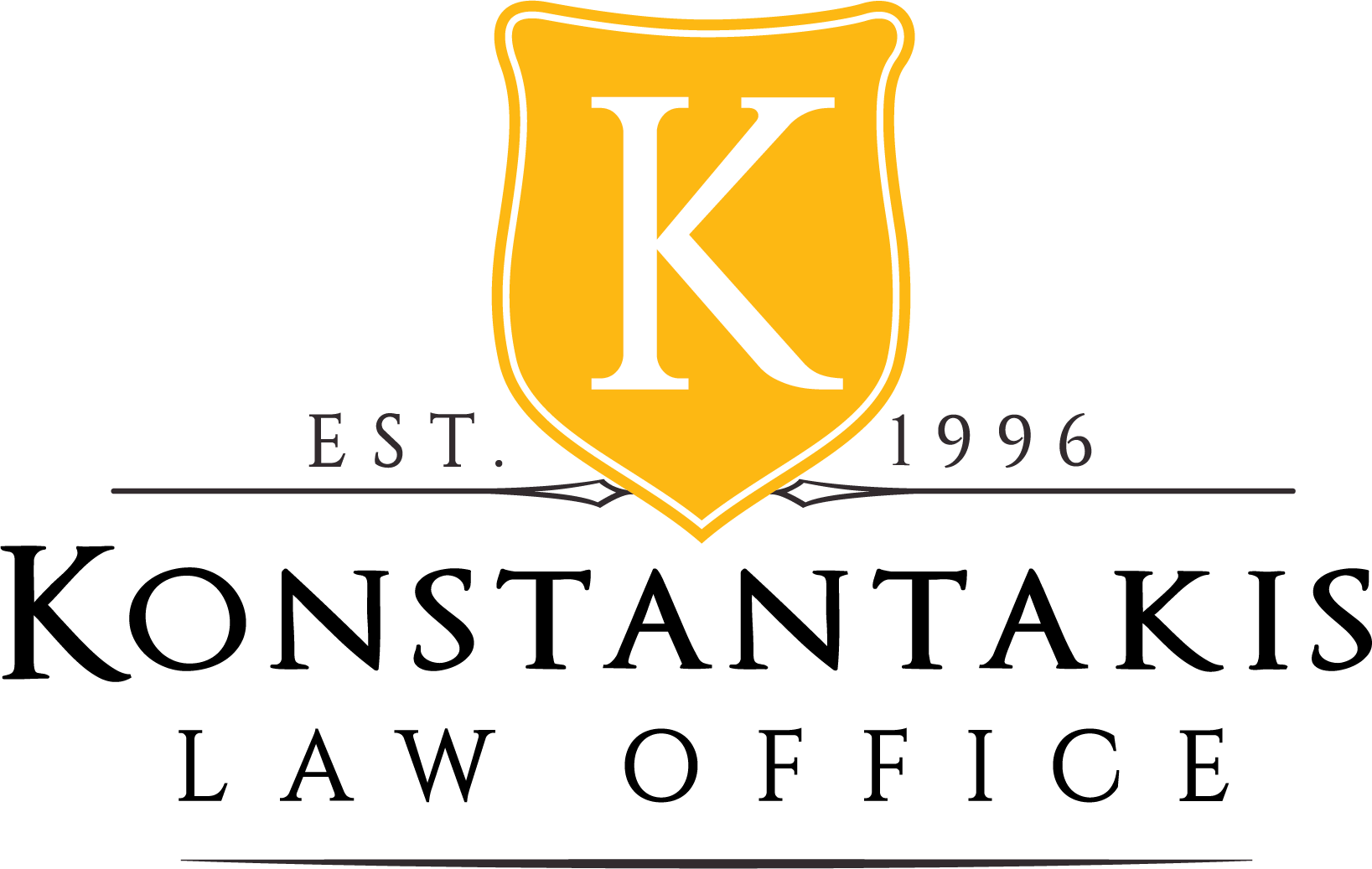TLDR: Planning for the future is an important step in ensuring that your loved ones are taken care of and your wishes are respected when you’re no longer around. One crucial aspect of this planning is creating an estate plan. An estate plan encompasses a range of legal documents that outline your wishes regarding your assets, healthcare, and more. In this blog post, we’ll delve into the essential documents typically included in an estate plan, helping you understand their significance and how they work together to create a comprehensive plan.
Last Will and Testament
A Last Will and Testament, commonly known as a will, is perhaps the most familiar document within an estate plan. This legal document allows you to specify how you want your assets, property, and possessions to be distributed among your beneficiaries after your passing. Your will also allows you to name an executor, the person responsible for ensuring that your wishes are carried out, and guardians for minor children if necessary.
Living Trust
A Living Trust, also referred to as a revocable trust, is an arrangement that enables you to transfer your assets into a trust during your lifetime. By doing so, these assets are managed by a trustee, either yourself or someone else you designate, for the benefit of your beneficiaries. A major advantage of a living trust is that it can help avoid probate, which can be time-consuming and expensive.
Advance Healthcare Directive
An Advance Healthcare Directive, also known as a living will or healthcare proxy, is a legal document that outlines your medical treatment preferences in case you become unable to communicate your wishes due to incapacitation. This document designates a healthcare agent who will make medical decisions on your behalf, ensuring your values and desires are respected when it comes to medical treatment and end-of-life care.
Durable Power of Attorney
A Durable Power of Attorney authorizes someone, often referred to as an agent or attorney-in-fact, to manage your financial affairs and make decisions on your behalf if you become incapacitated. This is crucial for ensuring that your bills are paid, investments are managed, and other financial matters are taken care of even when you’re unable to do so yourself.
Beneficiary Designations
While not a formal document per se, beneficiary designations play a critical role in your estate plan. These designations are typically associated with retirement accounts, life insurance policies, and certain financial accounts. They dictate who will receive the assets upon your passing, bypassing the probate process. It’s essential to regularly review and update these designations to ensure they align with your current wishes and circumstances.
Letter of Intent
Though not legally binding, a Letter of Intent is a document that provides guidance to your loved ones and executors regarding your wishes and intentions for specific assets or sentimental items. While not required, this letter can offer clarity and minimize potential disputes among beneficiaries.
Conclusion
Crafting an estate plan is a responsible and thoughtful way to ensure that your wishes are carried out and your loved ones are provided for in the event of your passing or incapacitation. The various documents mentioned above work in harmony to create a comprehensive estate plan tailored to your individual circumstances and preferences. Consulting with legal professionals who specialize in estate planning can provide invaluable guidance to help you navigate the complexities of these documents and make informed decisions that align with your goals. Remember, an estate plan is not a one-time endeavor – it should be regularly reviewed and updated to reflect any changes in your life, ensuring that it remains an accurate reflection of your desires.




